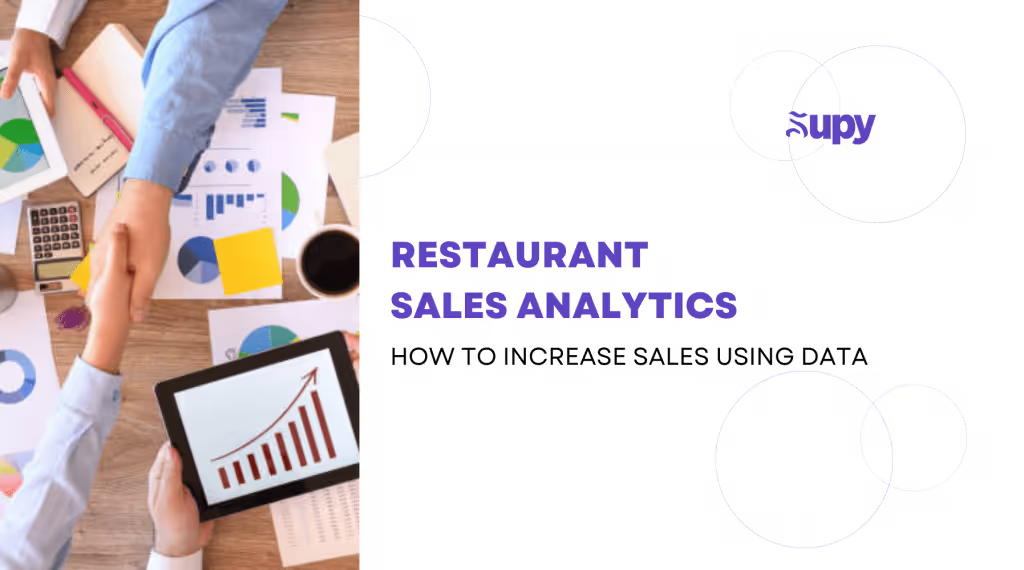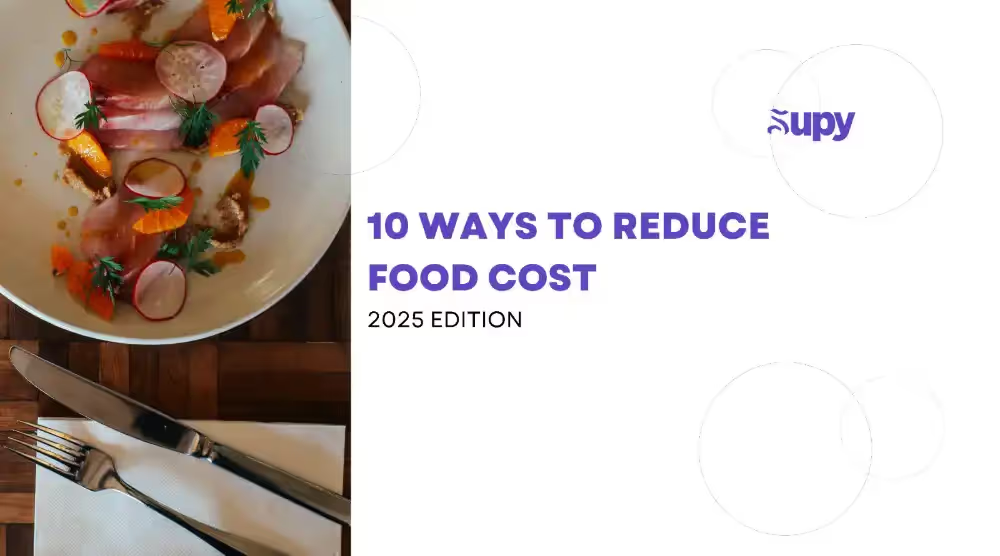Building and Managing Successful Loyalty Programs in Restaurants

While 86% of customers value transactional benefits in loyalty programs, the true power of these systems unfolds when they evolve from basic transactions to creating memorable experiences and deep emotional connections. Deloitte highlights this progression as essential for modern restaurant loyalty programs. If your goal is to not just attract but also retain customers through meaningful engagement, understanding this evolution is crucial.
In this article, we'll explore:
- What is a Restaurant Loyalty Program?
- Benefits of Loyalty Programs Restaurant Businesses
- Loyalty Program Ideas for Multi-Location Restaurant Chains
- Successful Restaurant Loyalty Program Examples
- Steps to Create a Restaurant Loyalty Program
- Conclusion
- About Supy
Whether you're just starting or looking to refine your existing program, this guide has got all you need to make loyalty pay off.
1. What is a Restaurant Loyalty Program?
A restaurant loyalty program is a carefully crafted marketing strategy designed to foster customer loyalty and encourage repeat visits. Operating as a customer loyalty program, it rewards diners with points, discounts, or exclusive benefits based on their frequency of visits and spending levels.
This system not only incentivizes repeat business among frequent customers but also deepens relationships with existing customers by offering tangible value for their loyalty. Such restaurant loyalty programs are vital in differentiating a restaurant in a competitive market, ensuring that happy customers have compelling reasons to return.
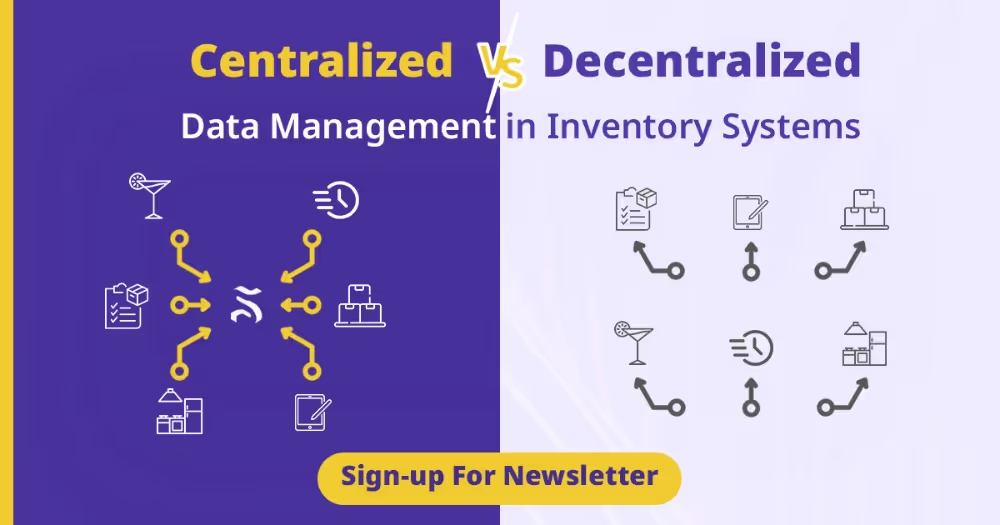
2. Benefits of Loyalty Programs Restaurant Businesses
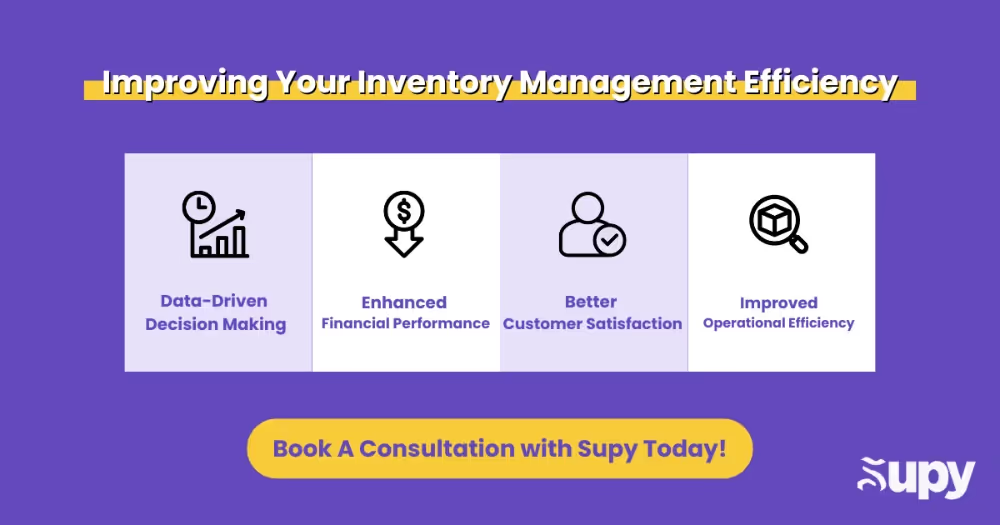
Loyalty programs are more than just a perk system; they are strategic tools that can drive substantial growth and foster deep connections in multi-branch restaurants. Here’s how these customer loyalty programs can profoundly impact your business:
- Consistent Customer Engagement: According to Oracle, 65% of consumers are more likely to frequent a restaurant where they participate in a loyalty program. This consistent engagement not only ensures repeat visits across various locations but also solidifies your brand’s presence in the market, enhancing brand loyalty.
- Boosted Revenue through Increased Spending: Deloitte notes that members of loyalty programs tend to spend up to 20% more per dollar spent than non-members. This spending can translate into significant revenue boosts, particularly when scaled across multiple branches.
- Strategic Data Utilization: Loyalty programs serve as a goldmine for valuable customer data, offering insights into purchasing patterns, preferences, and behaviors. This information is invaluable for tailoring marketing efforts and menu engineering, ensuring that every decision is data-driven.
- Efficient Cross-Promotional Tactics: With several locations, loyalty programs enable effective cross-promotion, helping to uniformly introduce new dishes or promote underperforming branches without additional advertising costs. This strategy encourages customers to explore different locations and menu options.
- Cultivating a Loyal Brand Community: Beyond transactions, loyalty programs help cultivate a community of brand advocates who are more likely to engage with your brand, from attending sponsored events to participating in feedback surveys. This community can amplify your marketing efforts organically.
Reduced Marketing Expenditures: The cost of retaining an existing customer is significantly lower than acquiring new customers. Loyalty programs, effective in keeping customers coming back, drastically reduce the need for expansive and expensive new customer acquisition strategies.
3. Loyalty Program Ideas for Multi-Location Restaurant Chains

To truly engage customers and encourage repeat visits, multi-branch restaurant chains can deploy a variety of tailored restaurant loyalty program ideas. Each of these strategies can be customized to meet specific customer needs and business objectives, ensuring that every program is uniquely suited to enhance customer satisfaction and drive repeat business effectively.
1. Points-Based System
In a points-based loyalty program, customers earn points for every dollar spent at your restaurant. These points are tracked through a digital card or mobile app, making it easy for diners to see their progress toward rewards. As points accumulate, loyalty members can redeem them for a variety of perks, such as discounts, free items, or exclusive services. This system not only rewards regular patrons but also motivates increased spending, subtly encouraging diners to visit more often to reach new levels of rewards.
2. Tiered Rewards
Tiered loyalty programs categorize customers based on their spending or frequency of visits. Each tier, such as Silver, Gold, and Platinum, unlocks progressively better rewards, motivating patrons to elevate their status by dining more frequently or spending more during each visit. Benefits can range from exclusive menu access to priority seating, making each tier's perks highly desirable. This system not only acknowledges a customer's loyalty but also enhances their dining experience, encouraging ongoing engagement and satisfaction.
3. Paid Membership Program
A paid membership program offers customers an elevated dining experience through a subscription-based model. By paying a monthly or annual fee, members unlock exclusive benefits such as members-only discounts, complimentary delivery, or early access to new menu items. This model not only creates a sense of exclusivity and privilege but also encourages diners to maximize the value of their membership, fostering loyalty and frequent visits. The key to success lies in balancing the cost of the membership with compelling benefits that justify the investment, ensuring satisfaction and renewal.
4. Digital Punch Cards
Digital Punch Cards modernize the traditional loyalty punch card, seamlessly integrating with an app to track customer purchases. Each purchase gets them closer to a reward, automatically tallied in the digital system. This encourages diners to return, aiming to complete their punch card for a reward, such as a free high-margin item or a significant discount. This approach not only simplifies tracking for both the customer and the restaurant but also strategically boosts the frequency of visits and the purchase of specific menu items.
5. Partner Rewards
Partner Rewards expand the value of a restaurant's loyalty program by integrating perks from complementary businesses. For instance, dining at your restaurant could earn customers discounts at local movie theaters or reduced rates at nearby parking garages. This approach not only enriches the customer's overall experience but also attracts a broader audience by linking the enjoyment of dining out with other leisure activities. Such partnerships are beneficial for all involved, as they increase visibility and customer flow between the partnered businesses.
6. Location-Based Incentives
Location-Based Incentives tailor rewards and promotions to specific restaurant locations, enhancing the appeal of visiting different branches. By using geo-targeting technology in your app or through targeted marketing campaigns, you can offer unique specials such as dynamic pricing items that reflect regional tastes. This strategy not only drives traffic to specific locations, particularly during off-peak times, but also personalizes the customer experience, making each visit unique and enticing based on the location they choose.
7. Collaborative Event Passes
Collaborative Event Passes offer loyalty program members exclusive access to unique dining experiences, such as wine tastings, cooking classes, or chef’s table events. These events are carefully chosen to align with your brand’s image and the interests of your customers, enhancing the overall dining experience. Members might receive first access to event tickets or enjoy them at a discounted rate. This not only reward customers for their loyalty but foster a sense of community among your patrons, further cementing their connection to your brand.
4. Successful Restaurant Loyalty Program Examples
Several multi-branch restaurants have leveraged loyalty programs to enhance customer engagement and boost retention effectively. Here are three standout examples:
Starbucks Rewards

Overview: With over 30,000 locations worldwide, Starbucks has implemented a successful loyalty program that significantly contributes to a global revenue of approximately $35.976 billion in 2023.
Program Details: The Starbucks Rewards account caters to its 30.4 million U.S. members with a mobile app and a Starbucks® Rewards Visa® Card, which accelerates loyalty points accumulation. Members start at Green Status upon joining and can ascend to Gold Status by earning 300 stars. The program benefits include exclusive rewards such as free drink and food items, order-ahead options, and more. Customers can earn points on every purchase made with a registered Starbucks gift card or through the app.
Impact: This rewards program stands out for integrating digital convenience with rewarding customer interactions, making it one of the most successful loyalty strategies in the restaurant industry.
Wendy's Rewards™
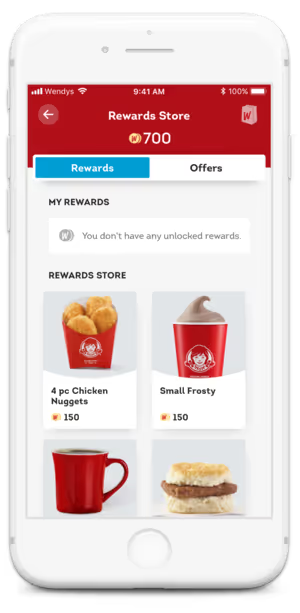
Overview: Known for its hamburgers, Wendy’s operates a points-based loyalty system across its many branches.
Program Details: Customers earn points for every dollar spent, which can be tracked and redeemed via the Wendy's app. The app features a QR code for easy collection of bonus points at the time of purchase, and points can be redeemed for a variety of menu items, from small treats to full meals.
Impact: Wendy’s Rewards™ enhances the dining experience by providing a seamless way for customers to earn points and use rewards, encouraging frequent visits and boosting customer loyalty.
Chick-fil-A One®

Overview: Chick-fil-A, with nearly 3,000 locations in the U.S. and Canada, introduced Chick-fil-A One® to acknowledge and reward its loyal customers.
Program Details: This tiered rewards program rewards customers with points for every purchase, with the amount of points increasing with each tier: Member, Silver Status, Red Status, and Signature Status. Higher tiers offer additional benefits like the ability to gift rewards and receive a birthday gift.
Impact: Chick-fil-A One® effectively personalizes the customer experience, fostering strong loyalty through its structured rewards system and ensuring customers feel valued at every interaction.
5. Steps to Create a Restaurant Loyalty Program
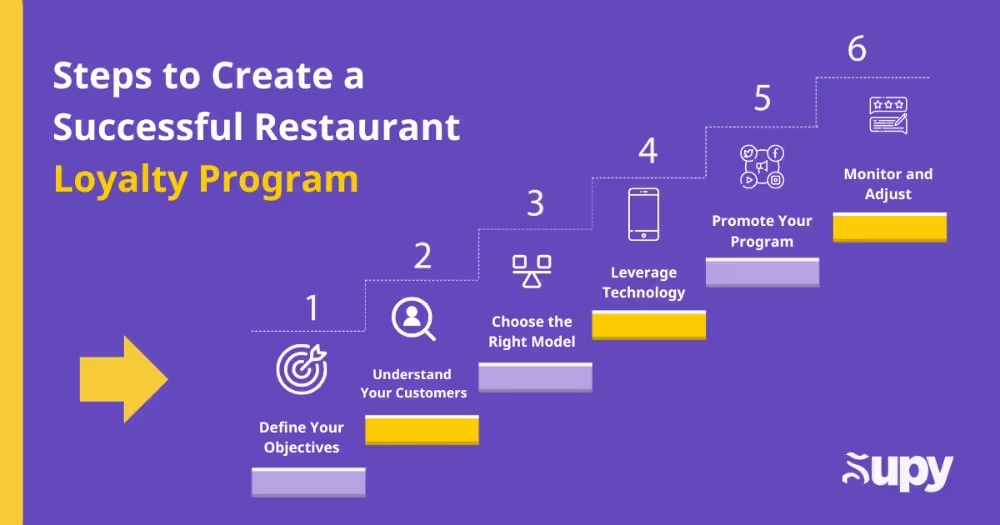
Creating a successful customer loyalty program that effectively increases customer retention and drives revenue requires thoughtful planning and execution. Here are six steps to help you build a loyalty program that resonates with your customers and supports your business goals:
1. Define Your Objectives
Clarify what you aim to achieve with your loyalty program. Are you looking to increase the frequency of visits, enhance customer lifetime value, or perhaps improve customer satisfaction ratings? Set specific, measurable targets such as increasing repeat customer visits by 20% within the first year. This clarity will help you design a loyalty program that aligns with your broader business objectives and provides a clear benchmark for measuring success.
2. Understand Your Customers
Deep customer insights are crucial for tailoring your loyalty program effectively. Utilize data analytics to examine purchase histories, customer feedback, and demographic information. This analysis will help you understand spending behaviors, dining preferences, and potential incentives that motivate your customers.
Additionally, consider creating customer personas to better visualize and address the needs of different segments within your customer base. This tailored approach ensures your loyalty program appeals directly to the interests and preferences of your diners.
3. Choose the Right Model
Select a loyalty program model that best suits your restaurant type and customer base. For instance, a points-based system might be ideal for a fast-casual restaurant where customers appreciate quick rewards, whereas a tiered system could be more suitable for fine dining where exclusive experiences and prestige are valued.
Evaluate each model's potential impact on customer behavior and choose one that is likely to encourage the desired outcomes. It's also beneficial to consider the scalability and flexibility of the program to accommodate future growth and changes.
4. Leverage Technology
The right technology is essential for a seamless loyalty program operation. Choose a platform that integrates well with your existing point-of-sale (POS) system and can handle complex data inputs and reward algorithms without disrupting service.
An effective platform should offer an intuitive interface for customers to track their rewards and for you to manage the program. If possible, develop a mobile app that customers can use to receive notifications about new rewards, track their points, and redeem offers directly from their phone, enhancing user engagement and program visibility.
5. Promote Your Program
Effective promotion is key to ensuring your loyalty program reaches its target audience and engages them successfully. Develop a comprehensive marketing plan that includes in-store promotions, online marketing, and social media engagement. Train your staff to understand the benefits of the program so they can effectively communicate its value to customers. Consider initial launch promotions, such as double points for the first month or a free item upon signing up, to generate excitement and encourage participation from the outset.
6. Monitor and Adjust
Regular monitoring and adapting of your loyalty program are essential for sustained success. Establish key performance indicators (KPIs) such as enrollment rates, active participation levels, and redemption rates to evaluate the effectiveness of the program. Gather customer feedback through surveys or direct interactions to understand their experience and satisfaction with the program. Use this data to make informed adjustments that enhance the program's appeal and effectiveness, ensuring it remains relevant and valuable to your customers.
6. Conclusion
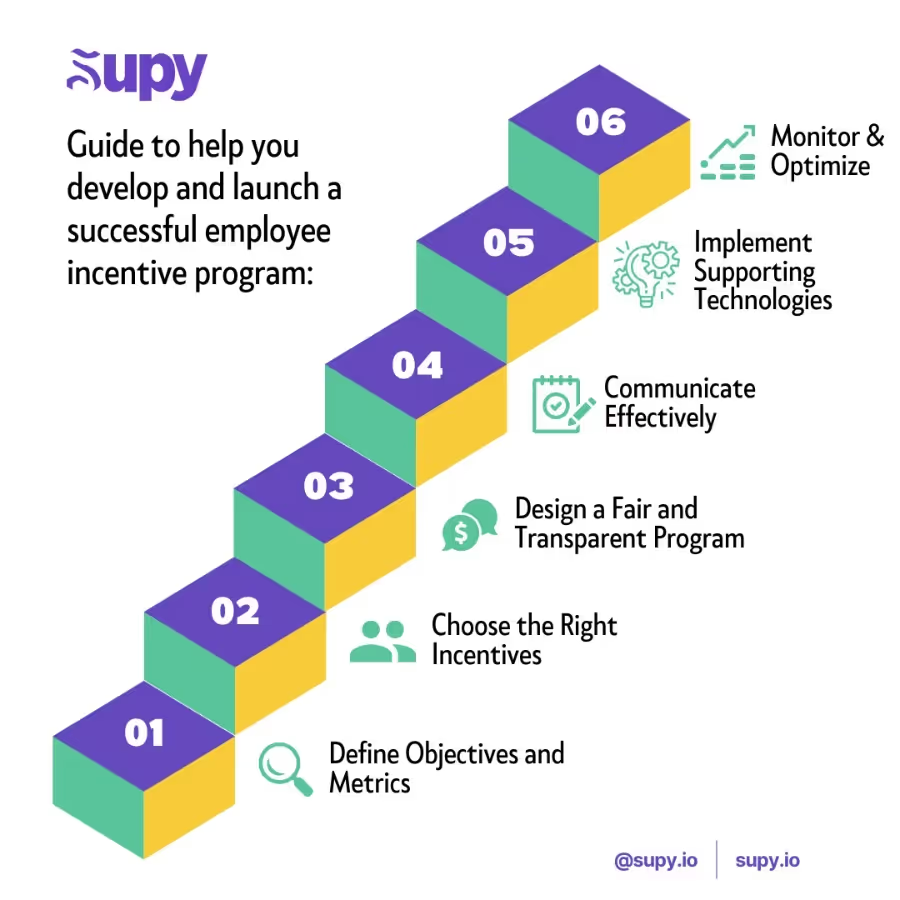
A well-crafted restaurant loyalty program not only rewards frequent customers but also builds meaningful relationships that drive repeat business and enhance overall revenue. By carefully selecting the right program type, leveraging technology, and continuously adapting to customer feedback, restaurants can establish a powerful loyalty system that resonates with patrons and distinguishes their brand in a competitive market.
7. About Supy
To keep your loyal customers satisfied and ensure the success of your restaurant, maintaining a seamless inventory is crucial. Supy is designed to streamline and optimize inventory management for multi-branch restaurants, ensuring that every location is equipped with the right supplies at the right time.
By integrating with your loyalty program, Supy helps you manage the ebb and flow of inventory based on customer preferences and seasonal demands, enhancing operational efficiency and reducing waste. To see how Supy can transform your inventory management and support your loyalty programs, schedule a demo today!




